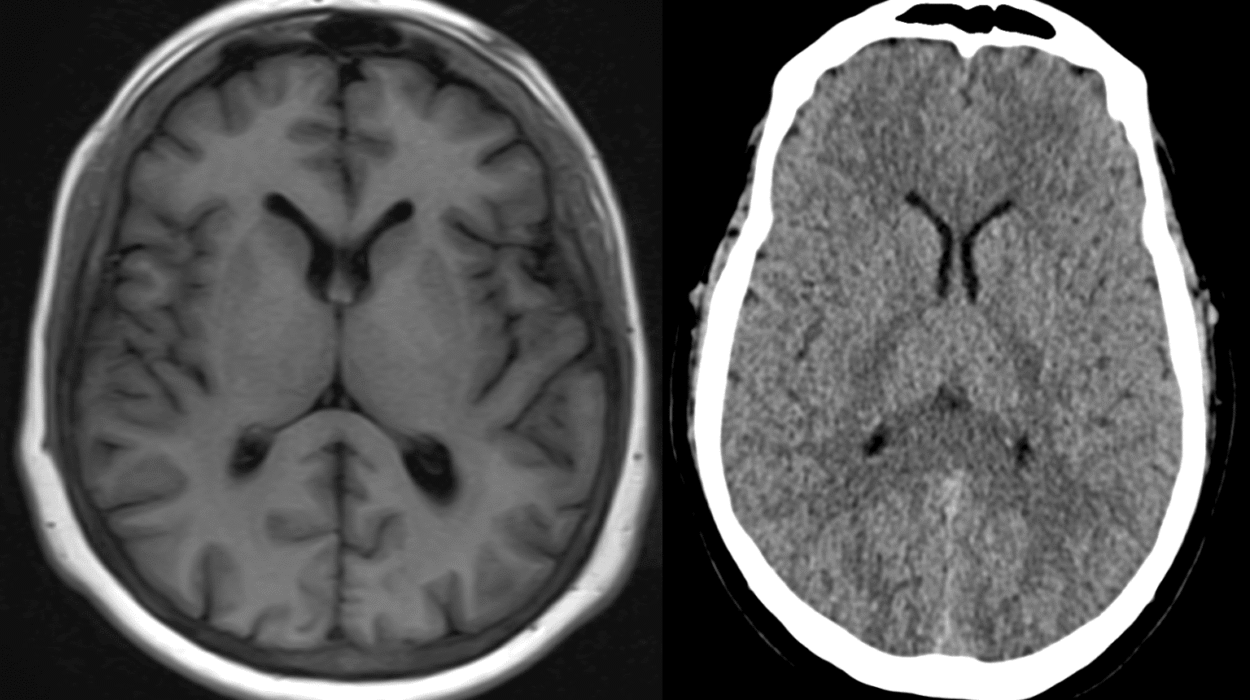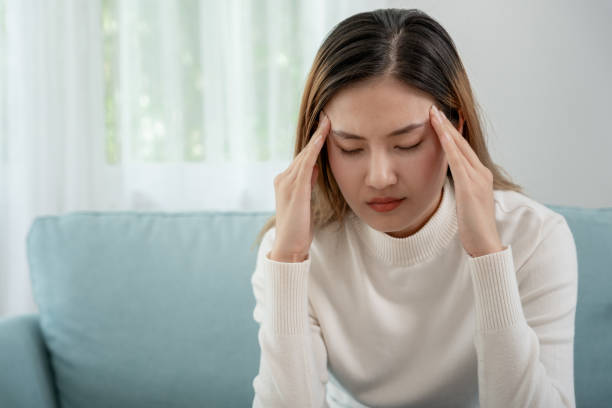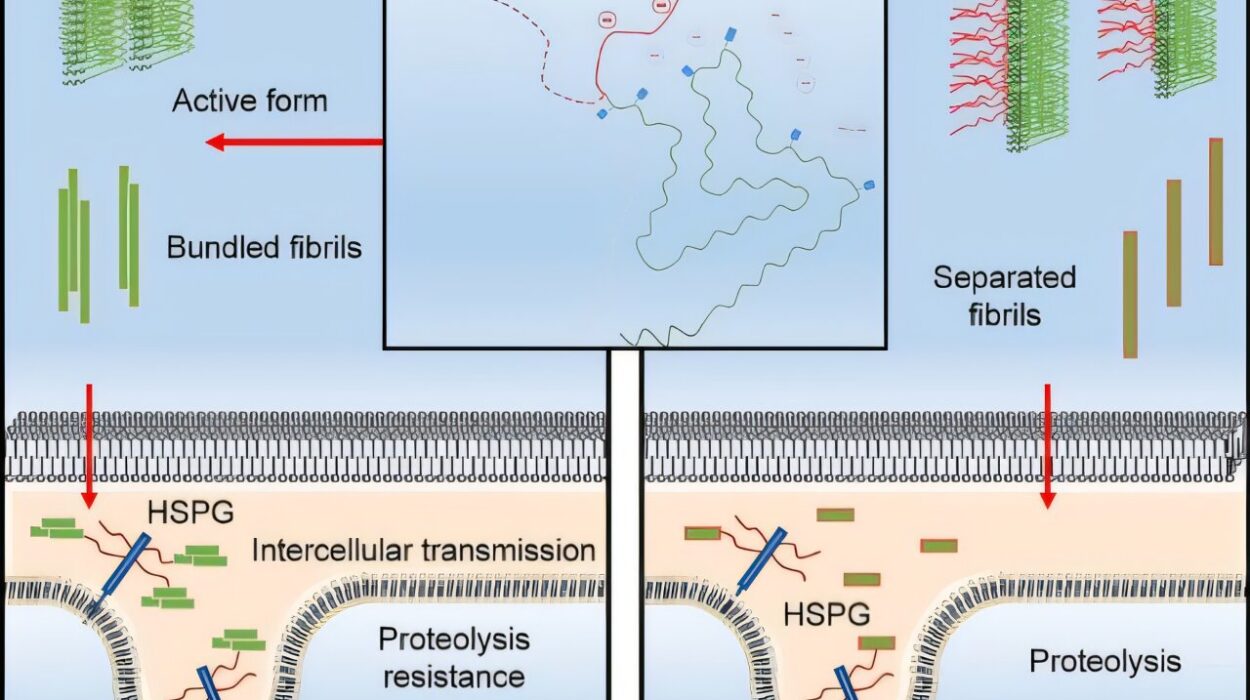Food is not just fuel. It’s instruction. Every bite you take carries a message that your body reads, translates, and acts upon—affecting everything from your outer glow to your inner hormonal symphony. If you’ve ever broken out after a sugar binge, found your hair shedding more than usual, or felt the emotional rollercoaster of hormonal shifts, your diet might be playing a much bigger role than you think.
The truth is, our skin, hair, and hormones are not just passengers on the journey of life. They’re storytellers. They reflect our internal world—what we feed ourselves, how we digest it, and how balanced or imbalanced our internal ecosystem really is. In this deep dive, we’ll explore the fascinating, complex, and surprisingly overlooked relationship between diet and these three vital aspects of health: your skin, your hair, and your hormones.
Skin Deep: How Food Shapes Your Complexion
The skin is our largest organ, and unlike your liver or kidneys, it’s completely visible. This visibility makes it a walking, talking mirror of your health. Glowing skin signals hydration, good digestion, and balanced nutrients, while dullness, acne, rosacea, or eczema often signal underlying nutritional chaos.
Skin health hinges largely on inflammation, oxidative stress, and hydration—three processes heavily influenced by diet. Inflammatory foods like processed sugars, refined carbs, dairy for some people, and trans fats can trigger breakouts, flare-ups, and redness. On the other hand, antioxidant-rich foods—think berries, leafy greens, colorful vegetables—help neutralize free radicals that damage skin cells and accelerate aging.
Fatty acids are another major player. Omega-3s, found in foods like wild salmon, flaxseeds, and walnuts, support skin barrier function and reduce inflammation, making them critical for conditions like acne, psoriasis, and eczema. Without enough healthy fats, skin can become dry, cracked, and prematurely aged.
Then there’s collagen, the scaffolding of youthful skin. Collagen production declines naturally with age, but diets high in sugar and processed foods accelerate this loss. Sugar causes glycation—a process where sugar molecules bind to proteins like collagen and elastin, making them rigid and prone to breakdown. The result? Sagging, wrinkles, and a tired appearance.
But it’s not just about what you eat—it’s also about what you absorb. Poor gut health, low stomach acid, or imbalanced microbiota can prevent proper absorption of skin-essential nutrients like zinc, vitamin A, and B vitamins. This is why many people find that improving their digestion leads to clearer, more radiant skin.
Gut Feelings and Skin Revelations
The gut-skin connection is one of the most fascinating areas of recent research. The trillions of bacteria living in your intestines don’t just aid digestion—they also help regulate immunity, hormone metabolism, and inflammation. When the gut microbiome is out of balance, a condition known as dysbiosis, it often manifests as skin problems.
Leaky gut syndrome, where the intestinal lining becomes overly permeable, allows toxins and undigested food particles to enter the bloodstream, triggering immune responses that can inflame the skin. Many cases of adult acne, chronic rashes, or unexplained sensitivities clear up significantly once gut health is restored through dietary changes like eliminating inflammatory foods and incorporating fermented foods or probiotics.
In short, if you’re feeding your gut garbage, your skin will often be the first to scream for help.
Hair Stories: The Strands That Reveal Your Inner Nourishment
Hair is not essential for survival, but it holds immense symbolic value. It’s tied to confidence, identity, and beauty. When our hair looks good, we feel good. But when it starts to fall out, thin, or lose its shine, it often leads to stress—and ironically, stress makes things worse.
Hair growth is a luxury process for the body. It only thrives when all essential systems are well-nourished and balanced. When the body perceives any kind of stress—be it emotional, physical, or nutritional—it will divert nutrients away from the scalp and hair follicles to prioritize critical organs like the heart, brain, and liver.
This is why hair loss is one of the earliest signs of a nutritional deficiency. Iron deficiency is a particularly common culprit, especially in menstruating women. Iron is crucial for oxygen transport and energy production in hair follicles. Without it, hair enters the shedding phase prematurely. Low levels of ferritin (the storage form of iron) are often found in women with chronic hair thinning—even when their hemoglobin is technically normal.
Protein, the raw material of hair, is another major player. Hair is made of keratin, a tough protein that requires ample amino acids to be produced. Crash diets, vegan diets without proper planning, or general under-eating can cause hair to become weak and fall out.
Vitamins and minerals like zinc, biotin, selenium, vitamin D, and B-complex vitamins are also essential. Zinc, for example, plays a crucial role in hair follicle recovery and repair. Biotin helps strengthen the structure of keratin. Selenium supports antioxidant defenses in the scalp. A deficiency in any of these can halt healthy hair growth.
And let’s not forget fats. Just like skin, hair needs essential fatty acids to remain flexible, shiny, and hydrated. Omega-3s nourish the scalp and prevent flakiness or dandruff, while also reducing inflammation that could otherwise damage follicles.
Hormones: The Invisible Architects of Your Body
Hormones are chemical messengers that influence nearly every system in your body. They regulate your metabolism, mood, energy, sleep, sex drive, reproduction, and more. And while they operate behind the scenes, their impact is monumental—especially when they fall out of balance.
What many people don’t realize is how intimately tied hormones are to what you eat. Your body makes hormones from raw materials—mainly fats and proteins. Cholesterol, often demonized in modern health culture, is actually the building block of sex hormones like estrogen, progesterone, and testosterone. If your diet is too low in healthy fats or cholesterol, your body may struggle to produce these hormones efficiently.
Insulin, the hormone that regulates blood sugar, is perhaps the most diet-sensitive hormone of all. When we eat refined carbohydrates and sugar, insulin spikes to shuttle glucose out of the bloodstream and into cells. Over time, a high-sugar diet can lead to insulin resistance, where cells stop responding to insulin’s signals. This creates a hormonal domino effect—excess insulin can raise androgen levels (like testosterone), which is a common trigger for hormonal acne and conditions like PCOS (polycystic ovary syndrome).
Cortisol, the stress hormone, is also affected by food. Skipping meals, extreme dieting, or overconsuming caffeine can elevate cortisol levels. Chronic cortisol elevation interferes with sleep, digestion, thyroid function, and reproductive hormone balance. It can also lead to cravings for sugar and fat, creating a vicious cycle of stress-eating and metabolic dysfunction.
Estrogen balance is another delicate dance that diet influences. Estrogen is processed through the liver and excreted via the digestive tract. If your liver is overburdened by alcohol, processed food, or chemicals, it may not clear estrogen efficiently. Similarly, if you’re constipated or your gut microbiome is unhealthy, estrogen can be reabsorbed and recirculated—leading to symptoms like bloating, mood swings, breast tenderness, or heavy periods.
Cruciferous vegetables like broccoli, kale, and Brussels sprouts support estrogen detoxification by providing compounds like indole-3-carbinol and sulforaphane. Fiber helps eliminate excess hormones via the bowels. And nutrients like magnesium, B6, and folate support the liver’s methylation processes, crucial for hormonal regulation.
Balancing the Trio: How to Feed Your Skin, Hair, and Hormones Wisely
Understanding the connection between diet and your body’s outer and inner ecosystems is powerful. But making it practical is where transformation happens. What you eat doesn’t need to be extreme or restrictive—it needs to be supportive, balanced, and sustainable.
Eating whole, nutrient-dense foods provides the scaffolding for radiant skin, thick hair, and hormonal harmony. Colorful vegetables offer antioxidants that protect cells from damage. Healthy fats from sources like avocados, nuts, seeds, and oily fish supply the essential fatty acids needed for hormone synthesis and skin barrier function. Clean proteins—from both plant and animal sources—build hair strands, transport nutrients, and regulate blood sugar.
Avoiding inflammatory foods like refined sugar, excessive alcohol, trans fats, and ultra-processed snacks reduces internal stress on the liver, gut, and endocrine system. Staying hydrated ensures that skin stays supple and that hormones can circulate and be eliminated efficiently. And supporting your gut—through fermented foods, probiotics, or digestive support—helps you absorb the nutrients you need and avoid reabsorption of waste.
Crucially, it’s not about perfection. It’s about consistency. You don’t need to live on kale salads and salmon alone. You need to nourish your body more often than you deplete it. When you start seeing your plate as a tool for transformation, every meal becomes an act of self-care.
The Emotional Undercurrent: Why Food Choices Aren’t Always Rational
One of the most overlooked aspects of the diet-skin-hair-hormone connection is the emotional layer beneath it. We don’t eat in a vacuum. We eat for comfort, habit, pleasure, rebellion, or distraction. Food is social, cultural, and deeply personal. Many of the choices we make are less about what’s best for our biology and more about what we’ve learned, inherited, or come to believe about ourselves.
But once you begin to notice how your body responds to different foods—not just in weight, but in clarity of skin, strength of hair, and smoothness of mood—the motivation to choose differently becomes much deeper than discipline. It becomes intuitive. Empowering. Even joyful.
You start noticing that sugar binges give you more than a bellyache—they flare your acne. That skipping meals makes your hair shed. That eating too little fat leaves your period MIA for months. And in that noticing, you find agency.
Food as Medicine, Maintenance, and Magic
Modern culture tends to compartmentalize beauty, health, and wellness. We treat skin problems with serums, hair loss with supplements, and hormone issues with pills—often without asking what’s happening beneath the surface. But the more we zoom out, the more we see that food is often the original cause—and the most powerful cure.
When we align our diets with what the body truly needs—anti-inflammatory nutrients, antioxidant protection, healthy fats, proteins, and fiber—we give ourselves a shot at radiant skin, resilient hair, and hormonal balance without having to rely on band-aid solutions.
And the beauty of it all? The same foods that nourish your hormones also help your skin. The same nutrients that support your scalp also help your liver detox estrogen. The same plate of real, whole food feeds every system at once.
It’s all connected. And the more we eat like it’s connected, the more our bodies reflect that wholeness.
Closing Thoughts: Nourish to Flourish
In a world of filters, quick fixes, and beauty fads, the connection between your fork and your face—your skin, your hair, your hormones—remains one of the most grounded, honest truths. Your body isn’t trying to betray you with breakouts, hair loss, or hormonal chaos. It’s trying to communicate. And food is part of that conversation.
When you feed your body with intention, the results are often more powerful than any cream, capsule, or cleanse. Glowing skin, luscious hair, and balanced moods aren’t signs of luck or genetics alone—they’re signs of nourishment.
So next time you stand in front of the mirror wondering what your body is trying to tell you, look beyond the surface. Ask what you’ve been feeding yourself—not just in calories, but in quality. Because the journey to beauty, vitality, and balance begins not with a bottle—but with a bite.






